The city shed some light on what’s ahead for Laurel House, a historic property on Laurel Ave. that for years was at the center of a tug-of-war between staunch preservationists and development-happy residents who wanted more out of the long-empty colonial revival manse willed to West Hollywood by its late owner.
The team tasked with turning “Tara” — so-called because of its resemblance to the plantation home in Gone With The Wind — into a shared live/work space for several of the city’s official “artists in residence” held a community Zoom meeting Wednesday evening to share a peek at their plans with the 30 or so people who attended.
James John Lisak, a partner with Paige and Turnbull, and James Mallory, a colleague of Lisak, are at the helm of this comprehensive renovation project aimed at transforming the historic property into a multi-functional space. The project also includes design partners like X10 Scott and Monique, with Lisa Gimme serving as the landscape architect.The team is currently in the schematic design phase, the first of three design phases.
The Laurel House represented a shift from large single-family estates to multi-family residences and is an exemplary example of American colonial revival style. It was originally built in an unusual style with some Craftsman elements but was later remodeled to fit more tightly into the colonial revival style. The team considered seven pieces of historic integrity, including materials, design, feeling, location, association, workmanship, and setting.
“The setting has changed over time but still retains its historic resource status,” Mallory said.
The property initially served as a single-family residence in 1924 but underwent changes to become a fourplex with two units downstairs and two units upstairs. As more people moved in, more garages were added.
“The property also had servants and drivers who lived on the property to support the residents,” Mallory said.
The team plans to restore certain features like the stairs but will not restore the Portico share, an extension from the building added at a later date.
The main house has two front rooms that face the street, with the first-floor living room on the left and the second-floor living room on the right. Over time, residents tailored these units to their tastes, adding an eclectic feel to the property.
“This eclectic feel is considered appropriate for the future artists-in-residence program planned for the property,” said Lisak.
One of the core principles guiding the renovation is the preservation of the property’s historic elements.
“For a place to be considered historic, it needs to fit into broad patterns of history, be significant within that context, and maintain historic integrity,” Lisak said.
The team aims to strike a delicate balance between preserving “character-defining features” and updating the property to meet modern needs.
Mallory took the time to discuss the interior spaces, starting with the first floor of the main house. The large living rooms will be converted into galleries or optional performance spaces.
“These spaces are intended to be the heart of the property where the public and the community can have access,” Mallory said.
Smaller rooms will also be converted into gallery spaces. On the south side, there’s a kitchen dining room, which will also serve as a gallery space. On the north side, there’s a small vestibule with a charming dome in the ceiling, which will also be part of the gallery space.
The second floor is designed to be a live/work space for artists. The team plans to add kitchenettes for coffee and tea, more closet space, and a shared laundry room. Built-ins, cabinets and other character-defining features will be preserved. They are also adding a third bathroom to ensure that all units have a bathroom.
Lisa Gimme, the landscape architect, aims to reroute pathways to make them more in line with the property’s historic character.
“The goal is to create a pleasant environment that is also easy to maintain and drought-tolerant,” Gimme said.
Sustainability is a recurring theme in the project. The team aims to select materials that are easy to maintain and resilient to changing climate conditions.
Their four-part strategy includes reducing demand for electricity and water, investing in efficient technology, providing controllability for utilities, and on-site generation of electricity.
“We are particularly concerned about the coming years, which we expect to get hotter,” said Gimme.
Specific measures include insulating walls and the attic, improving windows, maximizing daylighting, and introducing water harvesting strategies.
The team is also considering how the renovated spaces could be used by neighbors and the community. While specific details are not provided, there’s an emphasis on making the property a communal space.
“We are actively seeking community input to help shape the program,” said Lisak.
Several questions were raised about the project. Thomas, a community member, asked about the possibility of rehearsal space for actors.
“We are still in the conceptual phase and are open to various types of artists, including actors, needing space,” Lisak said.
Questions about event financing and parking were also raised.
“We are still working on these aspects, including a parking plan that minimizes neighborhood impact,” added Mallory.
Andrew Solomon from the Public Facilities Commission asked if renderings could be available during their upcoming tour of the facility.
“The boards will be displayed in the windows and will remain there until updated plans are available,” Lisak said.
The project is still in its early stages, but the team is eager to move forward while taking into consideration the historic value of the property, the needs of the future residents, and the community at large.
“We aim to include the local community in the project, which will also host visiting artists,” said Lisak. The team emphasizes the importance of community feedback in shaping both the physical structure and the social aspects of the Artisan Residency program.
Construction is scheduled to finish in 2026.

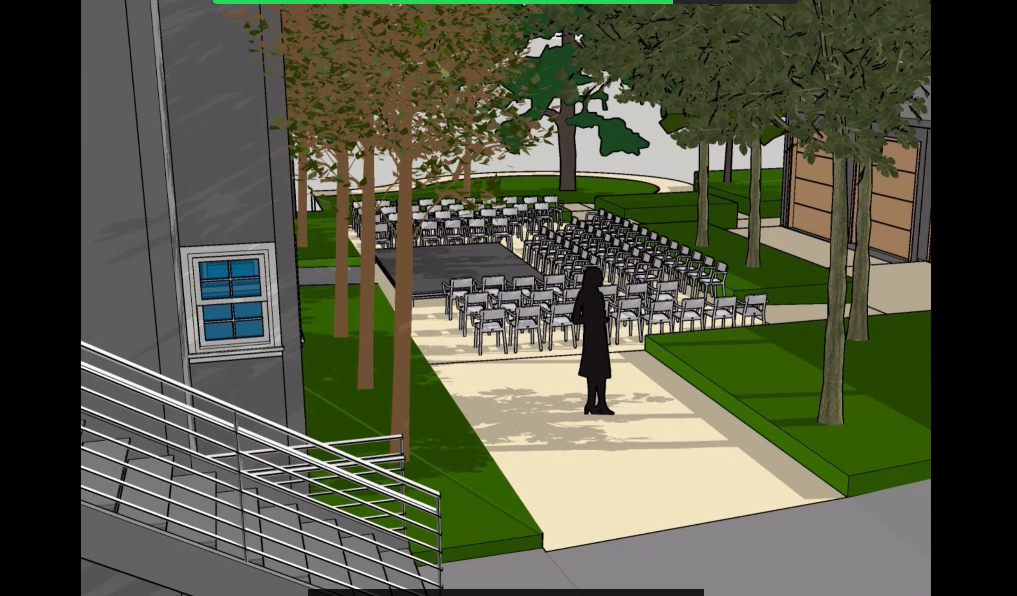
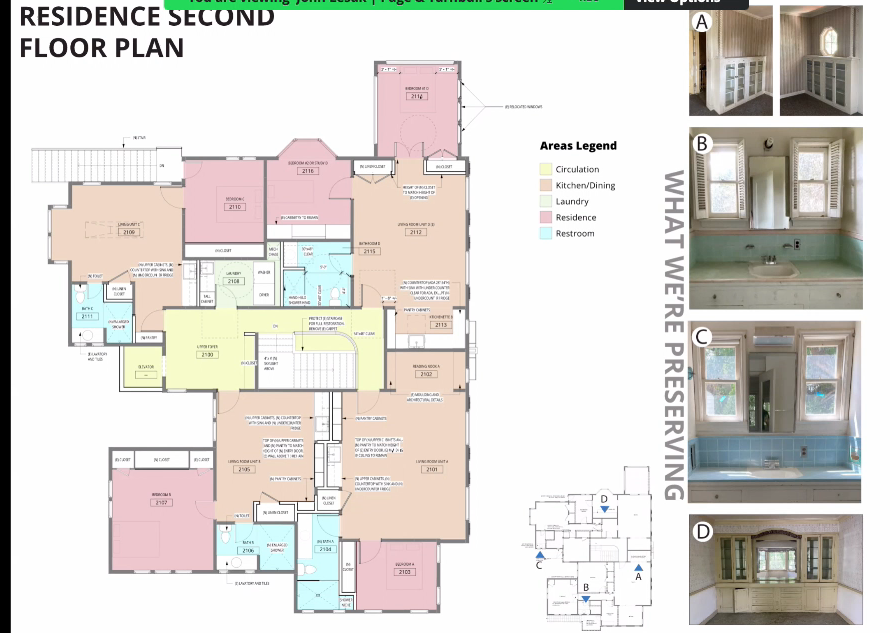
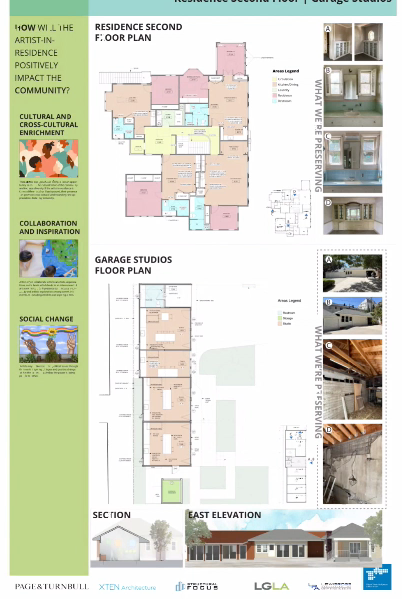
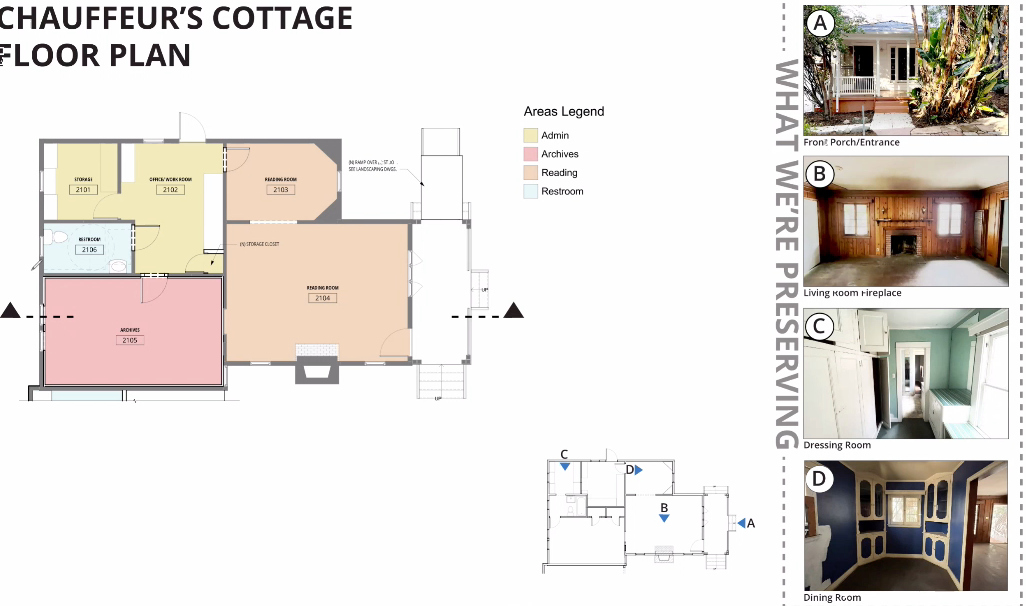
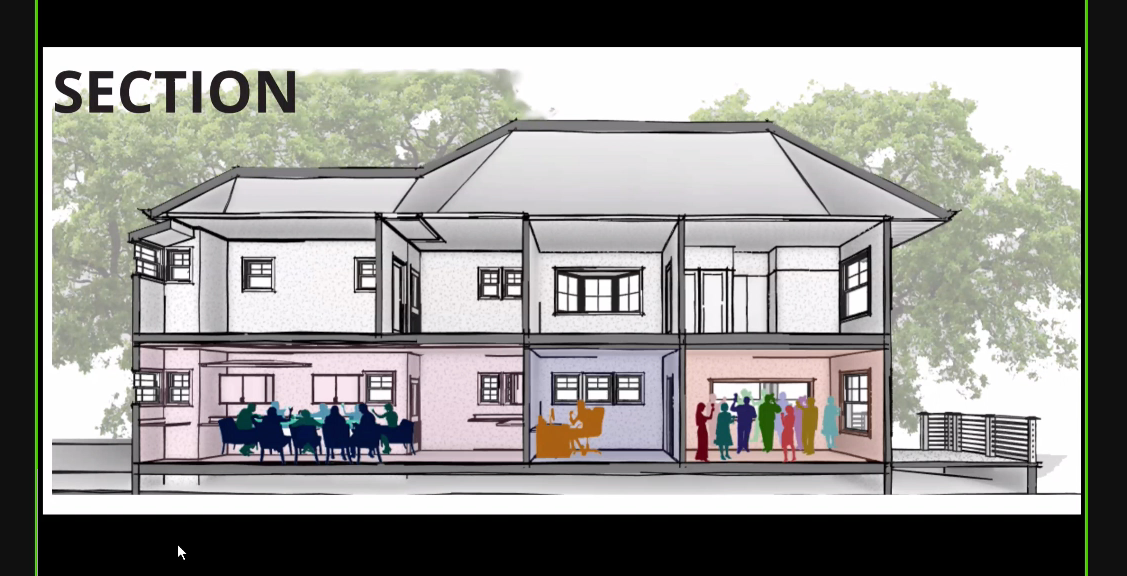
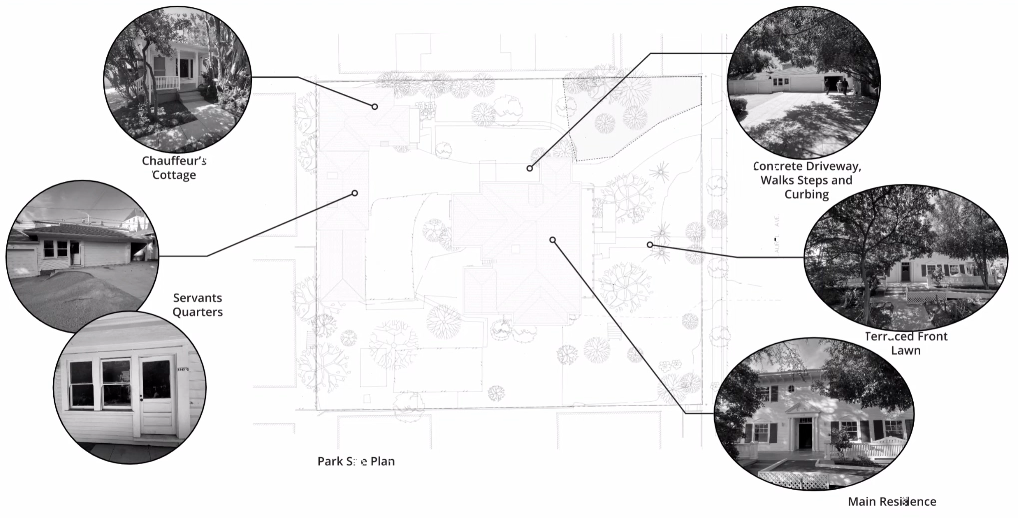
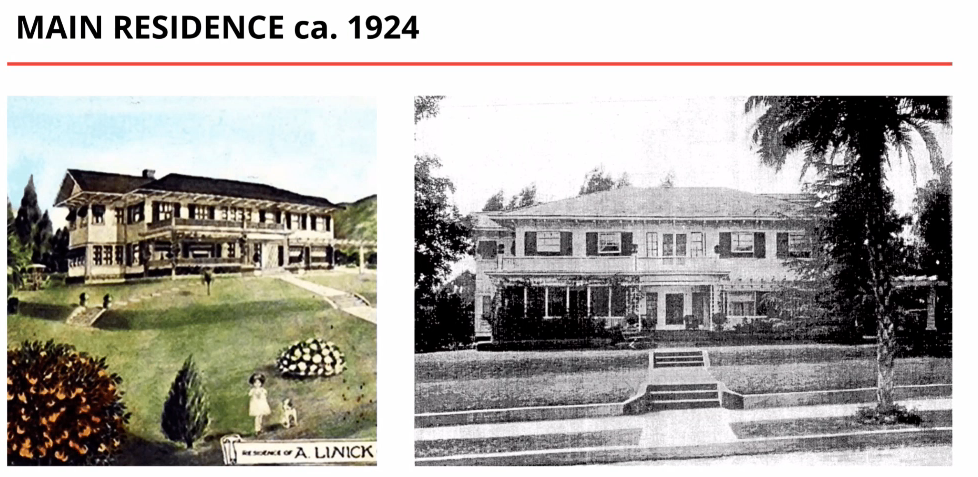
Short-term housing for 4 artists on a 30,000 sf city owned residential lot. West Hollywood has declared the end of the “housing crisis”
Amazing! Does this mean we will never hear any city official say the words “housing crises” ever again?
Sure sounds like it.
For 20 years of this property has remained in limbo for lack of any knowledgable individuals regarding Historic Preservation in the City to manifest a reasonable and realistic plan following the wishes of its donor Elsie Weisman. The uniformed plan suggesting use as Artists in Residence was introduced by Lauren Meister and John Duran in desperation to save the property which had been declared a Local Cultural /Historic Landmark What exactly was the desperation? While technically the firm of Page & Turnbull are well qualified in HP, their leadership depends on the uninformed of City Hall whims of the community… Read more »
The estate and grounds are historic as the last remaining intact estate in West Hollywood, home of the Modern Forum and deemed architecturally significant. Perhaps the large lot on Crescent Heights and Santa Monica Boulevard might be a better alternative for affordable housing, in and of itself an oxymoron at close to one million dollars per unit to build. Unless we build college-less dorms, as suggest at Fairfax and Fountain.